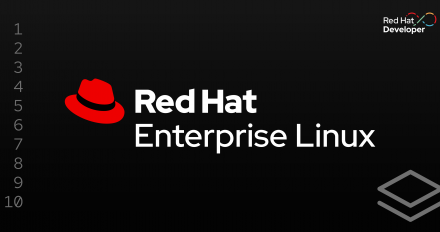
Red Hat Enterprise Linux 9.5: What are the top features for developers?
Find out what's new in Red Hat Enterprise Linux (RHEL) 9.5, including enhancements for workloads, container management and security, and Identity Management.

Find out what's new in Red Hat Enterprise Linux (RHEL) 9.5, including enhancements for workloads, container management and security, and Identity Management.
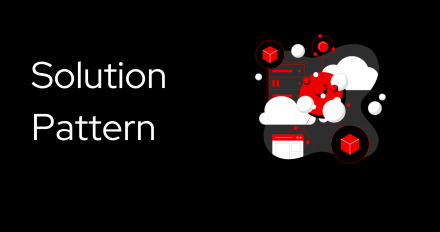
Learn how to migrate disruption-free, and switchover between environments with...

Learn how you can run RHEL on Windows as a Windows Subsystem for Linux distribution using Red Hat Enterprise Linux image builder.

The Kuadrant open source project helps platform engineers and developers connect, secure, and protect services and infrastructure across multiple clusters.

Discover how to implement a distributed transaction solution using Jakara EE Jakarta Enterprise Beans (EJB) in this in-depth guide.
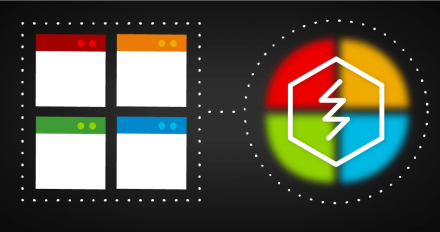
Learn how to design a Kubernetes Operator that leverages the REST API of your application with this conceptual, technology-agnostic overview.
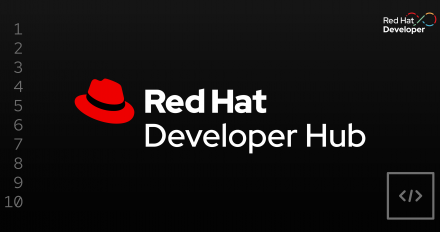
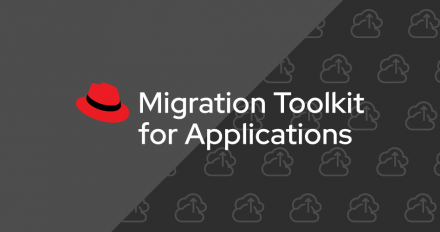
The 7.1 version of Red Hat’s Migration Toolkit for Applications includes new features like support for analysis of .NET applications, automatic language and technology discovery, location of where certain technologies are being used in applications, and more.

Increasing developer productivity with OpenShift Virtualization and Red Hat Developer Hub: Part 2.
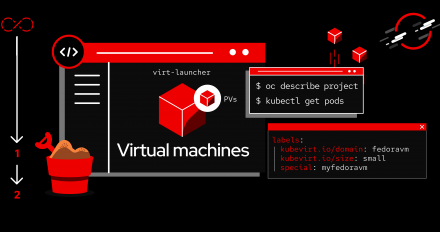
Learn how to create and manage your virtual machines (VMs) using Red Hat

Learn how to use image mode for Red Hat Enterprise Linux to create a Virtual Machine Disk (VMDK) file for use within VMware vSphere environments.
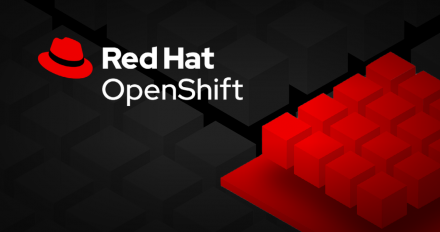
Learn how resource optimization for Red Hat OpenShift gives you specific, actionable recommendations based on monitoring your usage over different periods of time.
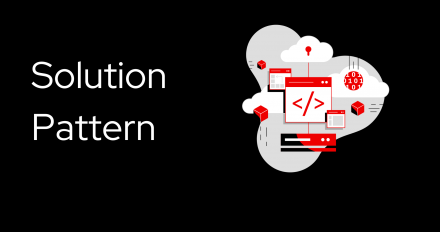
Extend capabilities with no changes to legacy apps through data integration and...
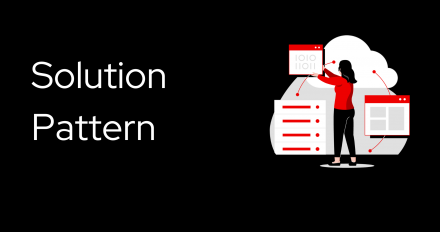
An accelerated path to migrating applications from Red Hat Fuse to Red Hat Build...
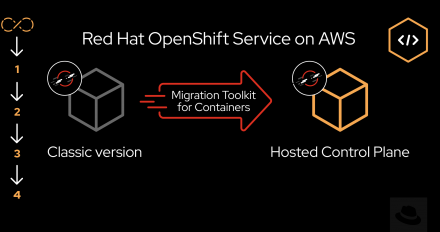
Explore how the migration toolkit for containers (MTC) paves the way for

Learn about Konveyor AI, an open souce tool that uses generative AI to shorten the time and cost of application modernization at scale.
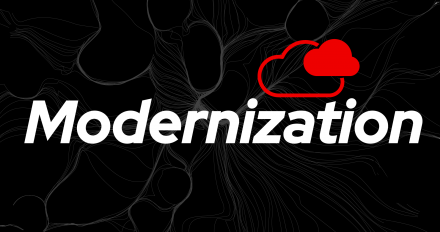

Explores how Red Hat OpenShift technologies can aid the transition from monolith to microservices, simplifying the process and ensuring a robust and secure application.

Data refactoring unlocks the potential for adaptable, resilient applications. Consider these techniques when migrating monolithic applications to microservices.

Developers frequently work with monolithic applications. However, the popularity of these monolithic applications has waned due to their lack of flexibility. Scaling a specific component requires scaling the entire application. Transitioning to a microservice architecture, with modular, independently scalable units addresses these challenges and is well-suited for cloud environments. This article focuses on moving a monolithic application, exemplified by a Java™-based e-commerce app called Pedal, to the cloud, offering guidance for this complex task.

Developer for the modern hybrid cloud using containers
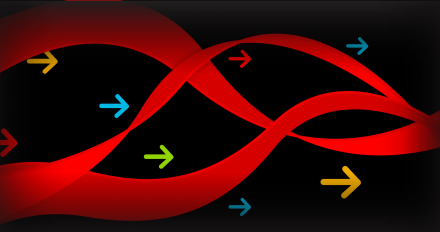
Assess, prioritize, and modernize applications at scale with the migration toolkit for applications from Red Hat. Explore what's new in version 6.
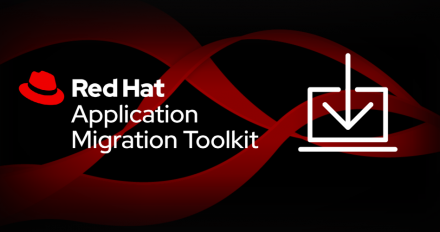
Install Red Hat's migration toolkit for applications on your Windows, macOS, or Linux laptop, then get started using it in your favorite browser.
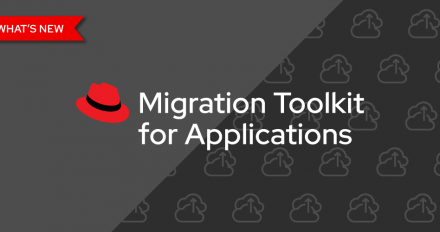
Get started with Migration Toolkit for Applications 5.1.0's improved user interface, new Operator, and support for migrating from Spring Boot to Quarkus.
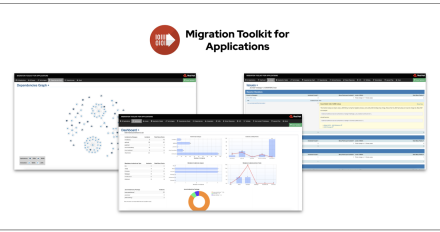
Learn how Migration Toolkit for Applications 5.0 analyzes your VM-based Java applications and helps you migrate them to containers.